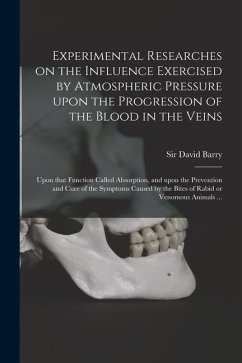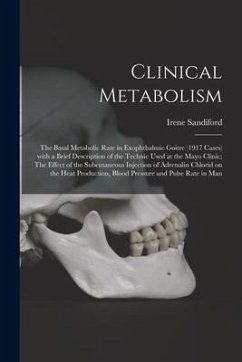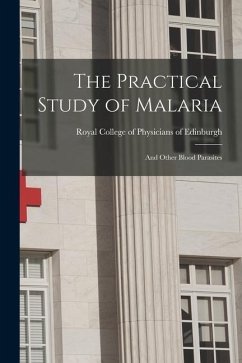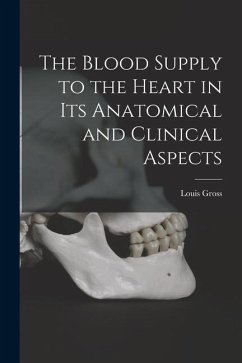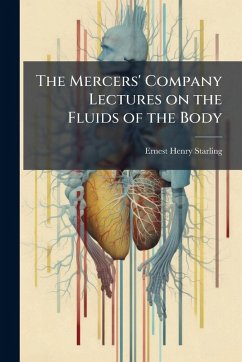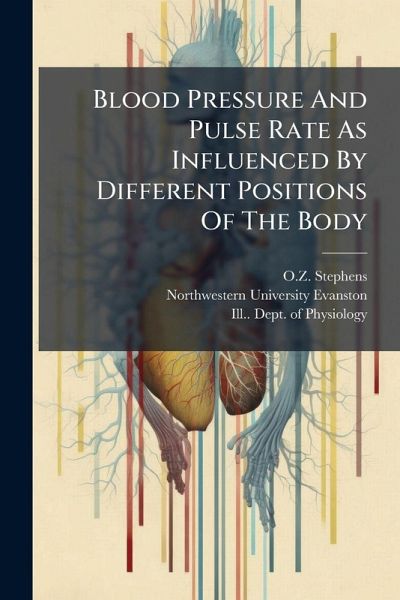
Blood Pressure And Pulse Rate As Influenced By Different Positions Of The Body

PAYBACK Punkte
9 °P sammeln!
This research explores the relationship between body positions and their impact on blood pressure and pulse rate. Conducted by O.Z. Stephens at Northwestern University's Department of Physiology, the study offers insights into how different postures influence cardiovascular function. An invaluable resource for students, researchers, and healthcare professionals interested in understanding the physiological responses to positional changes. The findings contribute to a deeper understanding of cardiovascular dynamics and potential implications for patient care and exercise science. This work has ...
This research explores the relationship between body positions and their impact on blood pressure and pulse rate. Conducted by O.Z. Stephens at Northwestern University's Department of Physiology, the study offers insights into how different postures influence cardiovascular function. An invaluable resource for students, researchers, and healthcare professionals interested in understanding the physiological responses to positional changes. The findings contribute to a deeper understanding of cardiovascular dynamics and potential implications for patient care and exercise science. This work has been selected by scholars as being culturally important, and is part of the knowledge base of civilization as we know it. This work was reproduced from the original artifact, and remains as true to the original work as possible. Therefore, you will see the original copyright references, library stamps (as most of these works have been housed in our most important libraries around the world), and other notations in the work. This work is in the public domain in the United States of America, and possibly other nations. Within the United States, you may freely copy and distribute this work, as no entity (individual or corporate) has a copyright on the body of the work. As a reproduction of a historical artifact, this work may contain missing or blurred pages, poor pictures, errant marks, etc. Scholars believe, and we concur, that this work is important enough to be preserved, reproduced, and made generally available to the public. We appreciate your support of the preservation process, and thank you for being an important part of keeping this knowledge alive and relevant.





